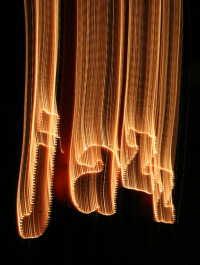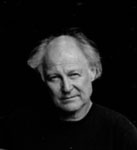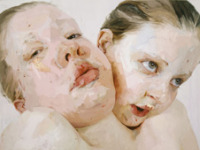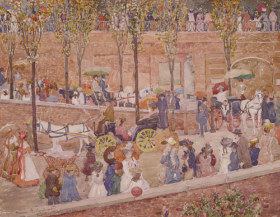Michelle Obama’s “jazz studio” in the White House last Monday, June 15, got me thinking again
 about her role in creating more interest in the arts, which I last wrote about here.
about her role in creating more interest in the arts, which I last wrote about here.
Somebody’s got to help us do it: the need for constant support for and promotion of the arts was underscored a couple of hours after the jazz event, when the National Endowment for the Arts released its arts participation study. It showed arts participation dropping, almost across the board.
I figure that the more visibility Mrs. Obama’s efforts receive, the more effect they’ll have. So I called a few jazz buffs, including Arts Journal’s own Howard Mandel, who writes Jazz Beyond Jazz. And I managed to sell an article about Mrs. Obama and jazz to The Daily Beast. Here’s the link.
Howard loved the White House effort, and reacted emotionally, as you will see if you read the article.
I thank him for giving me a great anecdote and for recommending a few other sources, enriching the entire article.
Photo Credit: Geoff Coe





